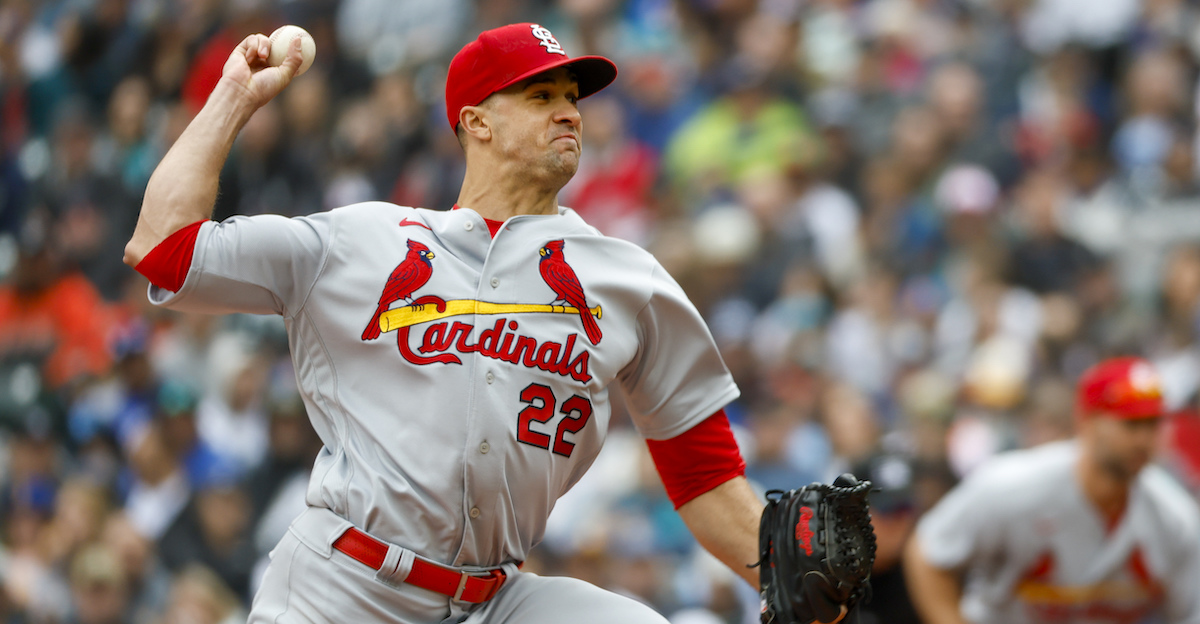Jack Flaherty Joins a New Flock in Baltimore

The Orioles entered Tuesday with the American League’s best record at 65-41 thanks to a rebuilding effort that’s finally paying off. Nonetheless, the team made just one move to shore up its major league roster in the final week ahead of the trade deadline, acquiring righty Jack Flaherty from the Cardinals in exchange for a trio of prospects, infielder César Prieto, lefty Drew Rom, and righty Zack Showalter.
It’s hardly a high-impact move, particularly given that the Orioles were reportedly among the frontrunners to land Justin Verlander and could deal from strength thanks to their well-stocked minor league system. Yet Verlander — who to be fair could have used his no-trade clause to block a move to Baltimore if it weren’t to his liking — instead wound up being traded back to the Astros. What’s more, aside from Verlander and former Mets co-ace Max Scherzer, who was traded to the Rangers on Saturday, this wasn’t a market where frontline starters changed teams. Instead the moves were centered around rentals such as Lucas Giolito and Lance Lynn, whose new teams are hoping they’ll rebound with a change of scenery, while moves for better performers, and pitchers under club control, were generally stifled by the high asking prices. Notably, the Rays, who entered Tuesday a game and a half behind the Orioles, were one team willing to bite the bullet for a better-performing starter by trading for the Guardians’ Aaron Civale.
The 27-year-old Flaherty, who can become a free agent for the first time this winter, fits into the bounce-back group. The former 2014 first-round pick, who had spent his entire career with the Cardinals, made an impact in his first few seasons, placing fifth in the NL Rookie of the Year voting in 2018 (his age-22 season) and then fourth in the Cy Young voting (and 13th in the MVP voting) the following year. For those two seasons combined, he pitched to a 3.01 ERA and 3.64 FIP with a 29.8% strikeout rate and 6.9 WAR in 347.1 innings. Whether it was his workload, which included 196.1 innings at age 23 (plus another 17 in the postseason), or just bad luck, his availability has only been sporadic since then. He’s totaled 264.1 inning since the start of 2020, and didn’t throw more than 78.1 in any season from ’20–22 due to an oblique strain and recurrent shoulder woes, which combined to send him to the 60-day injured list three times. Read the rest of this entry »








